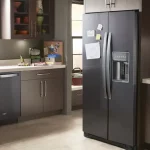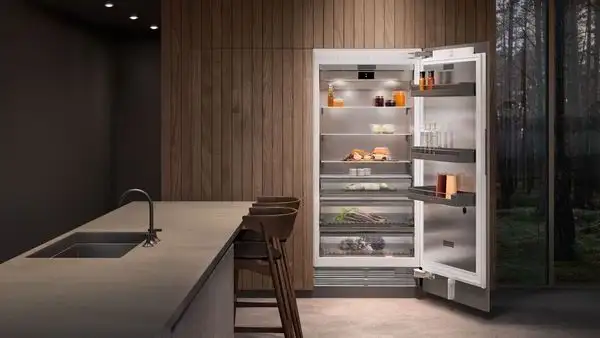
A cooktop is an essential appliance in any kitchen, used for preparing meals for your family or entertaining guests. However, like any other appliance, it can develop issues over time, such as overheating or not heating enough, which can be frustrating and affect your cooking experience. In this blog post, we’ll discuss common causes of these issues and provide some troubleshooting tips to help you resolve them. We’ll also cover the benefits of regular maintenance and why it’s important to keep your cooktop in good condition.
Common Causes of Cooktop Overheating or Not Heating Enough:
- Malfunctioning Heating Elements: The heating elements are responsible for producing heat and transferring it to the cookware. If the elements are damaged or faulty, they may not work properly, leading to overheating or not heating enough.
- Faulty Ignition Switch: If the ignition switch is not working correctly, it can prevent the burners from heating up or cause them to overheat.
- Clogged Burners: Dirt, grease, and food residue can accumulate on the burners and prevent them from heating up evenly or at all, leading to overheating or not heating enough.
- Broken Thermostat: A faulty thermostat can cause the cooktop to overheat or not heat enough, as it regulates the temperature of the heating elements.
Troubleshooting Tips for Cooktop Overheating or Not Heating Enough:
- Clean the Burners: If your cooktop is not heating enough or is overheating, check the burners for any debris or residue. Clean them with a soft brush or cloth to ensure they are free of any dirt or grease buildup.
- Check the Heating Elements: If the burners are clean and still not heating enough or overheating, check the heating elements for any damage or signs of wear and tear. Replace any faulty elements with new ones.
- Inspect the Ignition Switch: If the burners won’t light or are overheating, check the ignition switch for any damage or loose connections. Replace the switch if necessary.
- Test the Thermostat: If the cooktop is still overheating or not heating enough, test the thermostat with a multimeter to determine if it’s functioning correctly. Replace the thermostat if it’s faulty.
Call to Action for Professional Repair Service:
If you’re not comfortable troubleshooting or repairing your cooktop on your own, it’s important to call a professional appliance repair service. They can quickly diagnose the issue and offer a solution that’s safe and effective.
Benefits of Regular Cooktop Maintenance:
Regular maintenance of your cooktop can prevent future issues and extend its lifespan. Here are some benefits of keeping your cooktop in good condition:
- Improved Efficiency: A well-maintained cooktop operates more efficiently and can save you money on your energy bills.
- Increased Lifespan: Regular maintenance can extend the lifespan of your cooktop, saving you money on repairs or replacement costs.
- Safer Operation: A properly maintained cooktop is safer to use, as it reduces the risk of accidents or fires caused by malfunctioning components.
Conclusion:
Cooktop overheating or not heating enough can be frustrating, but with the right troubleshooting tips and professional repair service, you can get your cooktop back to working condition. Regular maintenance can prevent these issues and extend the lifespan of your appliance, saving you money and providing peace of mind.



